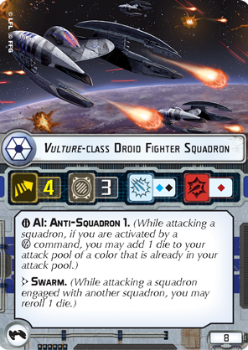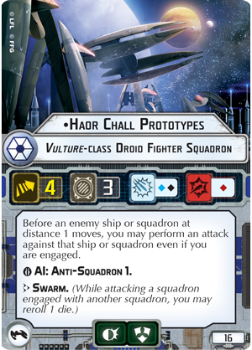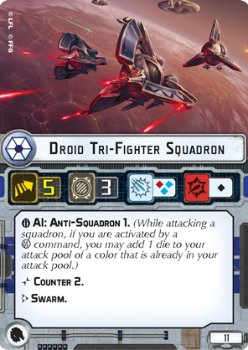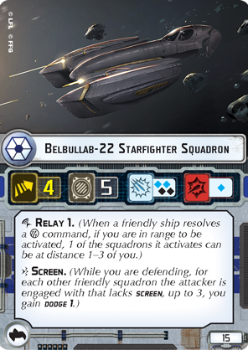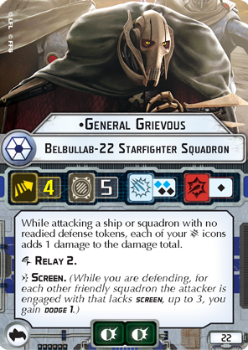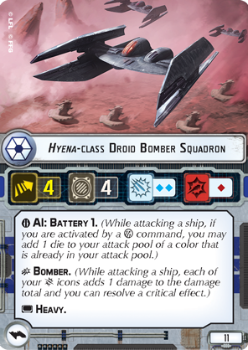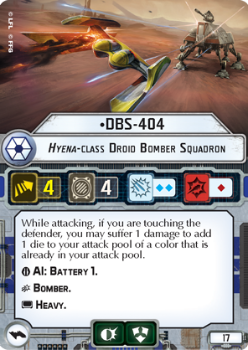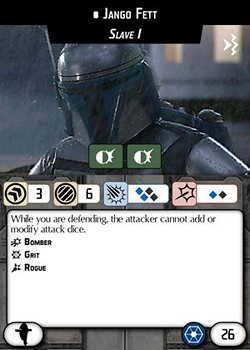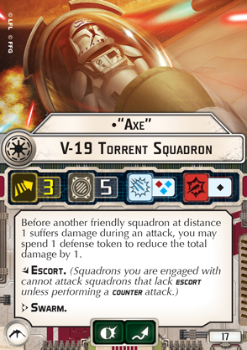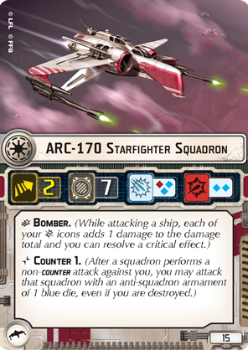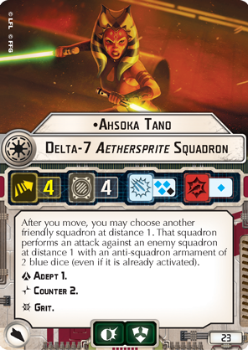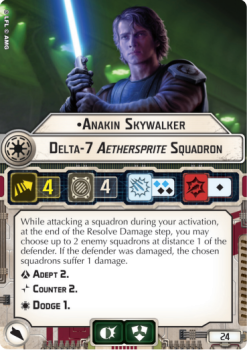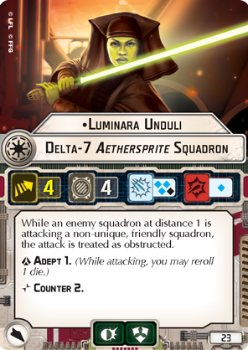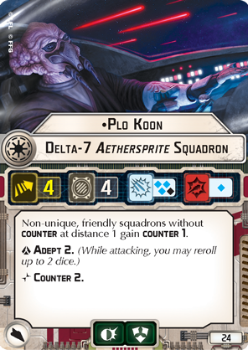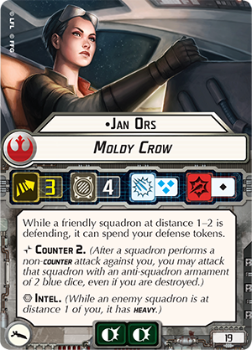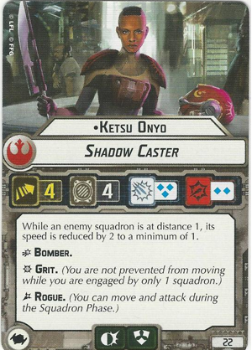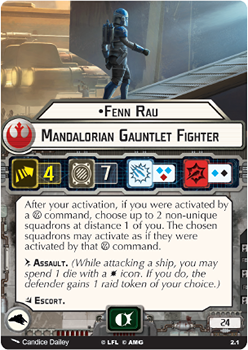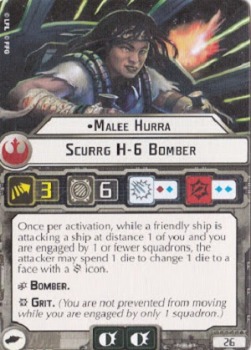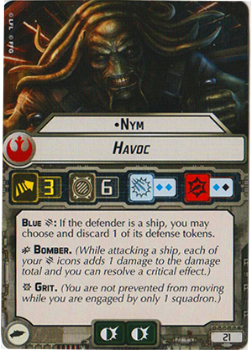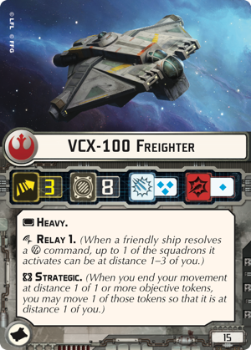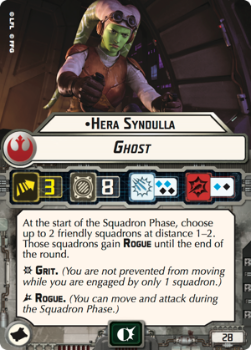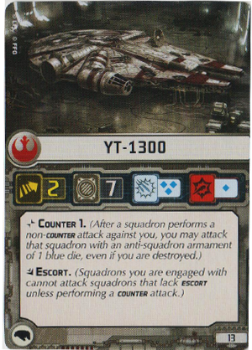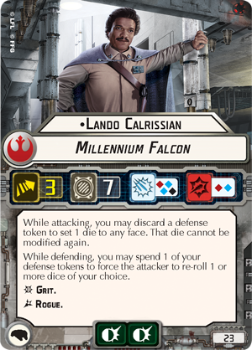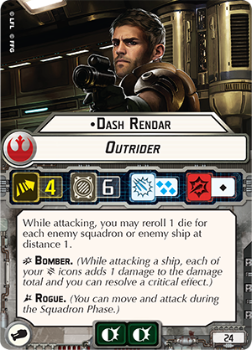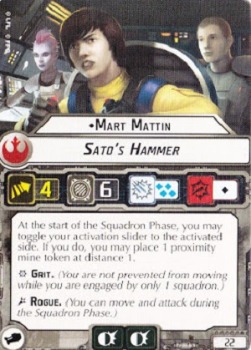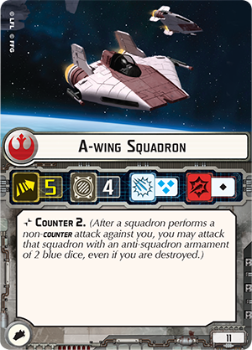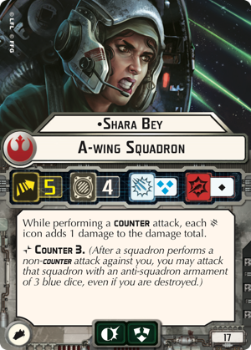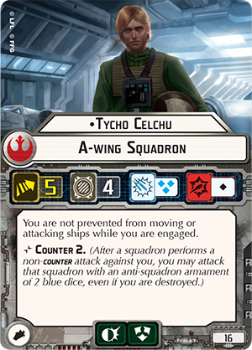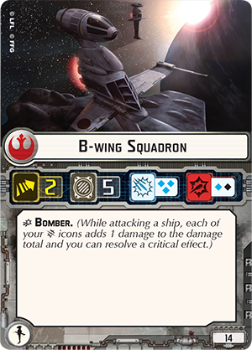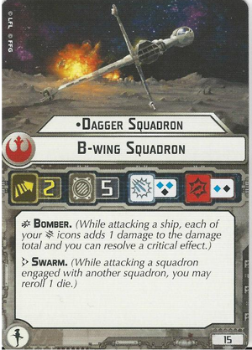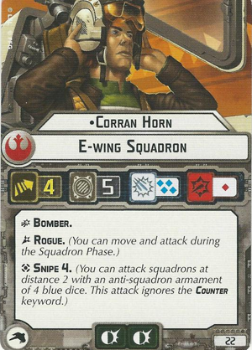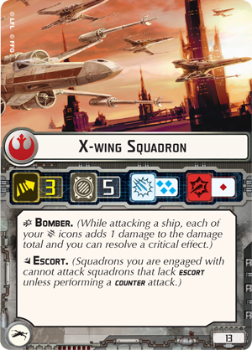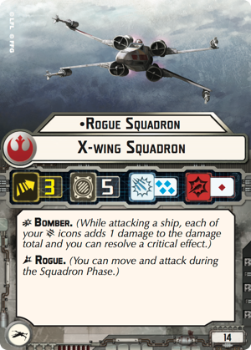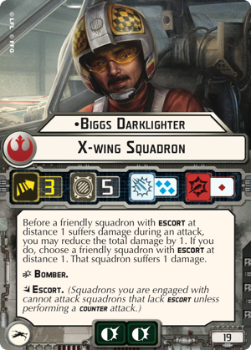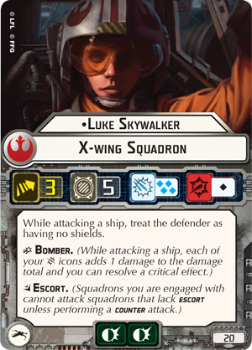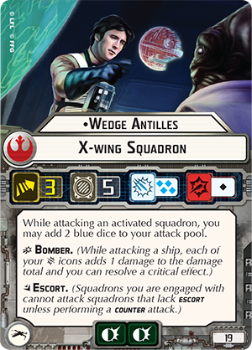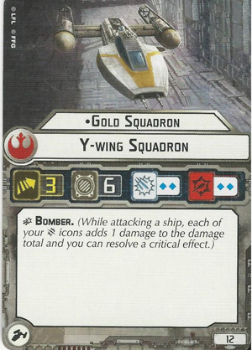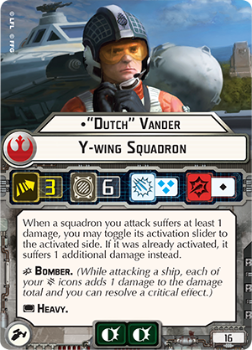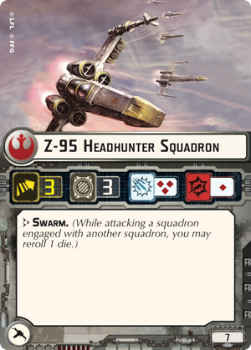Welcome to The Squadron Files!
If you’ve been following along, you’ll know we just wrapped up The Upgrade Files. That series was about card slots, costs, and the odd bit of rebalancing theory. This one is about the little plastic guys themselves — the squadrons that clog our tables, win our games, and sometimes rot forever in storage because AMG (and FFG before them) gave them a points cost that makes no sense in this universe or the next.
It’s important to set expectations right away. This is not Special Modifications. We’re not doing a ground-up redesign here. We’re not pretending the ace cap doesn’t exist (it does, and that means “best four aces” is always the reality). We’re not rewriting Sloane out of the Empire faction (believe me, I’ve fantasized about it). This series is about the game as it is, with ARC-realistic tweaks that could actually happen.
So: point changes (can fix many things but not all), keyword swaps (ARC has already done this), and commentary on what already works and what doesn’t. That’s the scope.
CIS Squadrons: Droids With Attitude
The Separatist squadron suite mirrors the Empire in a lot of ways (cheap fighters, fragile interceptors, good aces), but with its own quirks. Most notably, CIS got a bomber lineup that’s cheap, fast, AND deadly, which gives them a very different squadron identity than basically any other faction. Vultures and Tris are the swarmers, Hyenas are the hammer, and then there’s the Belbullab — a ship so weird it feels like it wandered in from a different game.
(And yes, Legacy has added some very cool CIS squadrons, but that’s outside scope for today. If you’re curious, my full review is here: Legacy Wave 0 Review).
Vulture Droids
At first glance, these are just “droid TIE Fighters.” But the comparison only goes so far. TIEs roll 3 blue dice on AS. Vultures roll 1 blue + 2 black — which is much better. Or 2 blue + 1 black if you need the accuracy. That flexibility is huge.
Granted, FC is relatively rare in CIS fleets, but it exists. WIth FC your Vultures can do 2 blue + 2 black. That's insane for an 8-point squadron!
The red battery is mediocre, but let’s not pretend the TIE’s single blue is much better (except with Sloane oc). And CIS can slap TI-99 into any Vulture-heavy list, suddenly giving your swarm Counter 3 (with a catch, but still). That’s a whole different level of efficiency.
So yeah, Vultures at 8 are fine. If TIEs come down to 7 (and they should), Vultures still compare favorably.
Verdict: Leave as-is.
DFS-311
Scatter ace with Intel. Post-1.5 Intel is “meh,” and its unique ability is weak sauce. For some reason, it also has a red-black AS battery, which is… odd. It’s already down to 16, but I’d happily see it come down to 14. Even then, with the ace cap, it’s hard to justify. Yes, it's not the actual cost that needs evaluation, but rather the points cost AND the opportunity cost.
Verdict: Make it 14.
Haor Chall Prototypes
Another scatter ace, but at 16 points it’s a waste of space. No punch, no staying power, no synergy. If it had a black battery or double reds, it might be worth talking about. As-is? Drop it to 14, and even then, I’d probably rather take a pair of generics.
Verdict: Make it 14.
Droid Tri-fighters
The obvious comparison is to the TIE Interceptor, but again, black dice matter. A Tri’s black battery makes it far more threatening to ships than an Interceptor will ever be.
The downside is in the AS dice: no black there, which means you can’t add one with AI. That hurts when compared to the pair of blacks Vultures can chuck. You really want Flight Controllers to make them shine, and without a Howlrunner-style aura, they don’t snowball like Empire squadrons do.
For that reason, I’d actually argue Tris should be 10. Yes, I said it: 10. They’re good, but not great, and the weakness in the AS armament drags them down. This is probably too controversial, though, so it won't ever happen. Pitty.
Verdict: Make it 10, but realistically, leave as-is.
DIS-T81
Fixes the AS flaw by actually having a black die there. Add Snipe and the “can’t be obstructed” rule and suddenly this guy is spicy. At 17 he feels like a bargain, even compared to the 14 points I suggested for the Vulture aces. Could easily be 18 IMO.
Verdict: Fine at 17, but 18 is probably more suitable.
Phlac-Arphocc Prototypes
Fixes the AS flaw and adds auto-damage. At 18, it’s fine — maybe should still be 19, but even with Wat escorting, it’s not exactly dominating the table.
Verdict: Acceptable at 18, but 19 is probably fairer.
Belbullab
Where do I start? Speed is fine, hull is fine, AS looks fine, but somehow the whole package just doesn’t work. The battery is practically nonexistent, Relay 1 is awkward, and Screen is… kind of bad on this chassis.
Why? Because in-faction, you’re better off with literally anything else. Want AS dice? Two Vultures with Swarm do more than a Belbullab. Want bombing? Hyenas. Want Relay? One isn’t enough, and you’ll need multiples to get anywhere, which is hilariously inefficient. Want Screen? Great, but why are you wasting points keeping this alive instead of your real threats?
And then there’s the one blue battery die. On a 15-point squadron. In a faction with no Sloane. That’s just insulting.
Drop it to 13 and it’s still weak. Drop it to 12 and suddenly it’s interesting — not oppressive, but at least something you’d consider. As-is, it’s a dud.
Verdict: Fine at 13, but 12 would make me take a pair. But really, the whole thing is sub-optimal in faction and should never have been designed this way.
General Grievous
Relay 2 fixes part of the chassis. A black battery (which all Belbullabs should have had) finally makes him threatening. His ability shreds generics and pressures aces. Double brace with 5 hull is fine.
Verdict: At 22, he’s not bad, though 21 would be neater.
Wat Tambor
The one and only CIS escort, which makes him immediately valuable. Combine Escort with Screen and he’s actually a decent guardian. Relay 1 is still awkward, but at least he has a black battery.
Verdict: At 18 he’s Axe-level useful. Leave him there.
Hyena Droid Bomber
Now this is where CIS shines. Speed 4 is fast for a bomber. Hull is okay-ish, but whatever: they’re cheap two-dice bombers. Yes, they’re swingy red dice. But when you bring 4–5 Hyenas, something’s going to connect, and enemy ships melt.
Unless PDIC shows up, in which case… sigh. (Seriously, that card should be deleted or reworked.)
But the point stands: Hyenas are fine. You can’t make them cheaper. You can’t make them more expensive. They’re exactly where they should be.
Verdict: Leave as is.
Baktoid Prototypes
A scatter ace Hyena for +5 points. Not awful, but not inspiring either. The ability is weird and situational, and in a faction full of good aces, he’s rarely worth an ace slot. At 16 he’s fine, at 15 he’d still be ignored.
Verdict: Let's say 15; it's more useful than the Vulture aces.
DBS-404
Now here’s value. He adds a third red die to his bombing runs (for the cost of 1 damage to himself). That’s insane pressure for 17 points.
Verdict: This one feels spot-on.
Jango Fett
The only Rogue in the entire CIS roster. That makes him both attractive and a little sad — he’d be even better if there were more Rogue partners. Still, at 22 he’s a solid package. Grit is nice (especially compared to Boba), and his damage output is respectable.
Verdict: Good value; leave him as is.
Wrap-Up: Clankers at War
CIS squadrons are in a good place overall. Vultures are efficient, Hyenas are terrifying, Tris are playable, and the ace lineup has some real highlights. The weak spots are scatter aces that do nothing (DFS-311, Haor Chall) and the Belbullab chassis, which feels like an undercooked design that never found its niche.
But unlike GAR, which often feels starved for variety, CIS actually has a balanced stable. They can swarm, they can bomb, they can screen with Wat, they can pressure with Grievous. The only thing they can’t do is run a proper Rogue ball — unless you go Leagacy, of course...
Next Up: We've covered all the Objectives, Upgrades, and Squadrons... so it's time for the real ships of Armada. Best for last and all that. Stay tuned!

